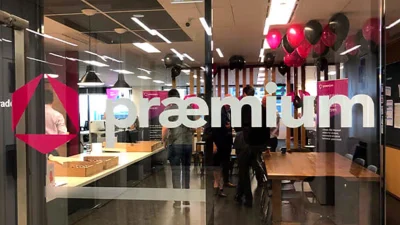Baby steps for industry on truth in fund labels
A leading superannuation body has responded to industry calls for regulatory intervention in investment labelling and promotion by claiming industry-wide agreement on the issue is close.
The Association of Superannuation Funds of Australia (ASFA) pointed to a working group being run in participation with the Financial Services Council (FSC) as one example of the industry “working collaboratively to improve disclosure”.
ASFA chief Pauline Vamos said the ASFA/FSC ‘risk modelling’ working group would form the foundation for funds to be compared on a “risk-rated” basis. Vamos said the work was expected to be finished by the end of this year and would then be considered by the Australian Securities and Investments Commission (ASIC) and the Australian Prudential Regulation Authority (APRA).
But the focus of that working group is narrow: it is responding specifically to APRA’s request earlier this year that funds find a way to model and communicate investment risk over 20-year periods. Vamos said it was “high time the terms used to describe the risk of investment to consumers are defined and applied for consumers across funds”.
“But we know the names mean nothing unless they are risk-rated. This working group is finally going to achieve an industry-wide agreement on this issue.”
But Vamos acknowledged the working group was only addressing “one piece of the puzzle”, and that the “big picture” issue of fund managers and super funds being true to label where investment options are concerned is not being discussed in that forum.
Vamos said while those discussions had been held by industry in the past, they had stalled.
“[The industry] started down the growth/defensive definition route — but that proved too difficult at that time. I think we’ll have to go back to that.
“There’s still a lot of work to do but this [the working group] is a great little first step, a toe in the water,” Vamos said.
“Let’s get the risk buckets first and then go the next step.”
The debate about fund labelling continues despite the fact that the Corporations Act defines a ‘balanced investment option’ as one in which “the ratio of investment in growth assets, such as shares or property, to investment in defensive assets, such as cash or bonds, is as close as practicable to 70:30” (Corporations Regulations 2001, Schedule 10).
But as Vamos and others acknowledge, the difficulty is in defining the characteristics of growth and defensive assets, when assets such as property, for example, could fall into either camp.
Recommended for you
The new financial year has got off to a strong start in adviser gains, helped by new entrants, after heavy losses sustained in June.
Michael McCorry, chief investment officer at BlackRock Australia, has detailed how investors are reconsidering their 60/40 portfolios as macro uncertainty highlight the benefits of liquid alternatives.
Having reset its market focus to high-net-worth advisers, Praemium’s administration solution has been selected by Bell Potter in a deal that increases the platform's funds under administration by $6 billion.
High transition rates from financial advisers have helped Netwealth’s funds under administration rise by $3.7 billion in the fourth quarter of FY25.












